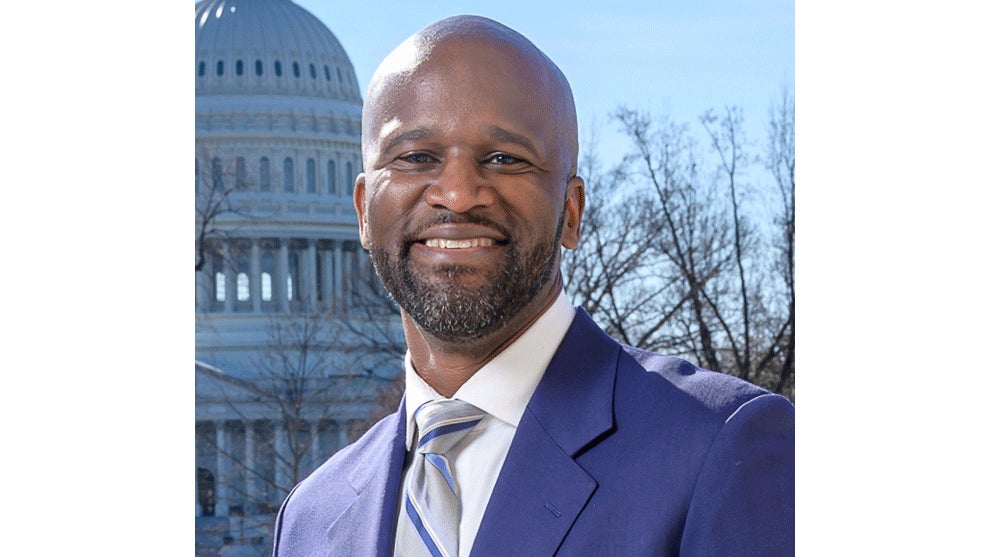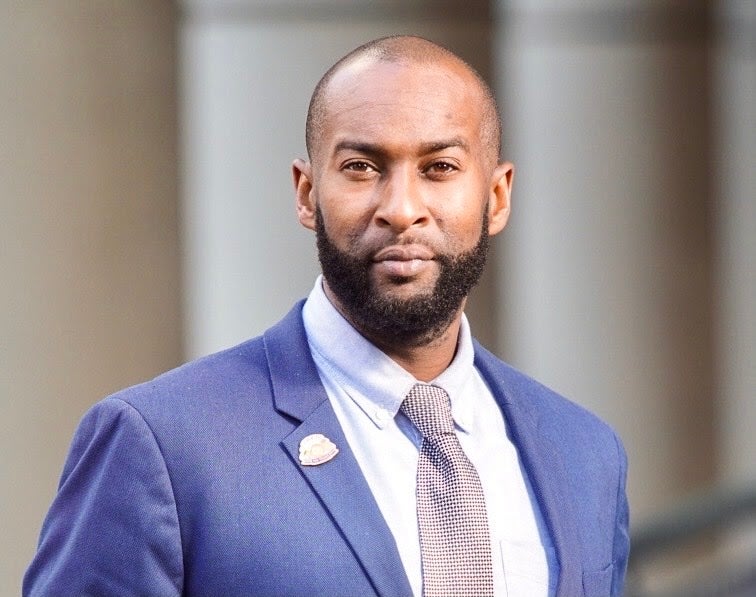Haunted history tour of New Orleans murder-suicide site criticized as ‘exploitative’
Published 2:08 pm Sunday, June 3, 2018
NEW ORLEANS (AP) — The new “haunted history” museum on North Rampart Street features some of the typical highlights of any French Quarter “ghost tour.”
There are images of Delphine LaLaurie, notorious for torturing and perhaps killing her slaves, and Marie Laveau, the renowned Voodoo priestess.
But follow the ghoulish-looking hand on the wall, which points you toward a staircase leading to the second floor, and you are confronted with something less familiar.
There is the kitchen stove where, visitors learn, a former resident once cooked the body of his dismembered girlfriend. And a refrigerator where he kept parts of her body.
These are not artifacts of some long-ago horror, but the remnants of a notorious murder-suicide that occurred not long after the trauma of Hurricane Katrina.
It is the apartment where Zach Bowen, a troubled veteran of the Iraq War, killed his girlfriend Addie Hall in October 2006 before jumping to his own death several days later from the roof of a French Quarter hotel.
And some people who knew the couple have been horrified to learn that the apartment has become part of a tourist attraction.
Social media users heaped criticism on Bloody Mary Haunted Museum & Tour Co. last month after some people who knew Bowen and Hall caught wind of how the couple’s story was being presented there.
There was nothing supernatural about the way Hall died, they said: She was the victim of domestic violence.
Bowen struggled with abusing drugs and alcohol after serving in the U.S. military in Kosovo as well as Iraq and riding out Katrina in New Orleans.
Unlike the 19th century figures LaLaurie and Laveau, the couple has numerous surviving friends and relatives who, nearly 12 years later, have not gotten over how the lives of Bowen and Hall ended.
“It’s pretty despicable and atrociously exploitative,” said Capricho DeVellas, who was close to Hall and Bowen and described their deaths as “genuinely a troubling chapter in my life.”
But the company’s owner, Mary Millan, bristles at the notion that she is disrespecting the couple’s memories.
She said her company has been organizing an upcoming festival whose proceeds will partially be donated to the New Orleans Family Justice Center’s efforts to combat domestic violence. Hall was one of the main reasons for that, she said.
Further, she said, she believes it is important to educate visitors about Hall and Bowen, who were afflicted by some of the same troubles as many others navigating one of the darkest periods in New Orleans’ 300-year history.
“Katrina was an important chapter,” Millan said. “And they’re an important part of that chapter.”
Millan is far from the first person to be accused of sensationalizing the grisly events that happened after Bowen, a father of two who’d separated from his wife, began an intense relationship with Hall in the wake of Katrina.
Bowen, a 28-year-old bartender, died after leaping off the Omni Royal Orleans on St. Louis Street on Oct. 17, 2006.
A note found on his body recounted how he’d strangled Hall, 30, and cut up her body after a fight nearly two weeks earlier. The note told police they could find her remains at the couple’s apartment in the 800 block of North Rampart.
Media worldwide seized on some of the horror movie-like details that surfaced early in the case:
— The couple lived above the shop of Voodoo priestess Miriam Chamani.
— Police discovered some of Hall’s body had been cooked in their oven and on their stove, with other parts left in a trash bag in the fridge.
— “I’m a total failure” and “Please help me stop the pain” were spray-painted on the walls.
But the public eventually came to learn a much more complex truth about Bowen and Hall.
As investigative journalist Ethan Brown documents in his book “Shake the Devil Off,” Bowen’s mental state deteriorated after Rachel Bosveld, a close friend and fellow member of the 527th Military Police Company, was killed during a mortar attack in Baghdad.
In addition, an Iraqi boy whom Bowen had befriended was killed when insurgents blew up the shop of the child’s family, Brown wrote.
Bowen later received a general discharge from the military. A general discharge is short of an honorable one, which affected the benefits he had when he met Hall in the aftermath of Katrina.
The couple drank hard, apparently loving and fighting with equal zest in a city whose already scarce resources to treat mental health and substance abuse problems were devastated by the storm.
It all culminated with Bowen killing Hall and later himself.
Millan and her critics disagree about how the various French Quarter-based “haunted history” tours have since treated the compound where Bowen and Hall shared an apartment.
Millan said tour guides frequently highlight the macabre aspects of the killing that occurred above the temple of Priestess Miriam, who later moved out after an electrical fire in 2016.
But others say that most tour guides have been loath to speak about Bowen and Hall in the same way they might about LaLaurie, whose alleged penchant for mutilating and starving slaves came to light following an 1834 fire at her Royal Street mansion, according to oral tradition.
Respect for the couple’s survivors — including Bowen’s son and daughter, now grown — is the primary reason for the guides’ reticence, they say.
In any event, Millan began leasing the compound from landlord Leo Watermeier last year and opened the Bloody Mary museum in the fall.
Millan describes herself as a Catholic-raised Voodoo priestess who can communicate with and heal the spirits of the dead, including the many who haunt the grounds she leases.
She said the main purpose of the various items, the tours and the displays offered at her museum and shop is to pay tribute to spirits dwelling in her building and educate the public about them so they won’t be forgotten.
Millan defended placing the couple’s photo — with fake blood spatter — next to images of LaLaurie and Laveau as an homage to the city’s “oldest and newest spirits.”
She said she doesn’t see why she would exclude Bowen and Hall from that mission, noting that visitors are always asked to pray for the couple’s spirits.
She said her tour devotes an appropriate amount of time to the case’s mental health aspects, and she repeatedly said she suspects many of her critics either work for her competitors or have ties to them.
“It’d be stupid to pretend (the couple) weren’t here,” Millan said. “(Detractors) are jealous they didn’t do this first.”
Some aren’t buying it.
Jonathan Bailey said he, his girlfriend and two friends booked a Bloody Mary tour and were shocked when he realized the group had been brought into the apartment Bowen and Hall once shared.
Aside from the stove, oven and refrigerator, Bailey said he was disturbed to see bride-and-groom Chucky dolls there. He said the tour guide explained how the orbs from the couple’s spirits have been known to appear in photographs taken in the apartment.
“We started looking at each other in disbelief,” Bailey said. “We didn’t quite know what to do.”
He soon went on Facebook and posted about the experience, calling it “terrible.” Former haunted tour guide Elizabeth Zibilich, who considered Hall a friend, spotted what Bailey wrote and made her own post accusing Millan’s museum of trying to profit from a trauma that is still raw.
Zibilich’s post was commented on widely by users of both Facebook and Twitter, some of whom asked whether anything could be done to force the museum to stop.
Brown, the author, said he sides with the sentiments sparked by Zibilich’s post.
“Whether or not you agreed with the book, I hoped it would take this case out of the schlocky horror genre,” Brown said. “There are people affected by this case who are still here, still with us. And they should be treated with more respect than this.”





